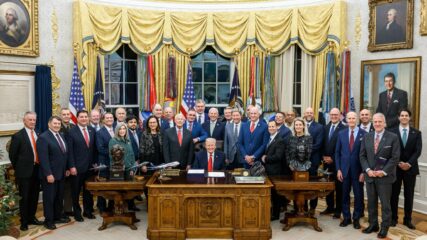The Israel State Archives has created a 16-chapter, document-based narrative of the October 1973 war, the events leading to it, and its aftermath. The landing page includes links to other documentary sources for the war.
Read the Full Collection at the ISAThe State Archives added a special collection of recently unclassified documents in September 2023 on the eve of the 50th anniversary of the war, although the documents themselves are in Hebrew only.









